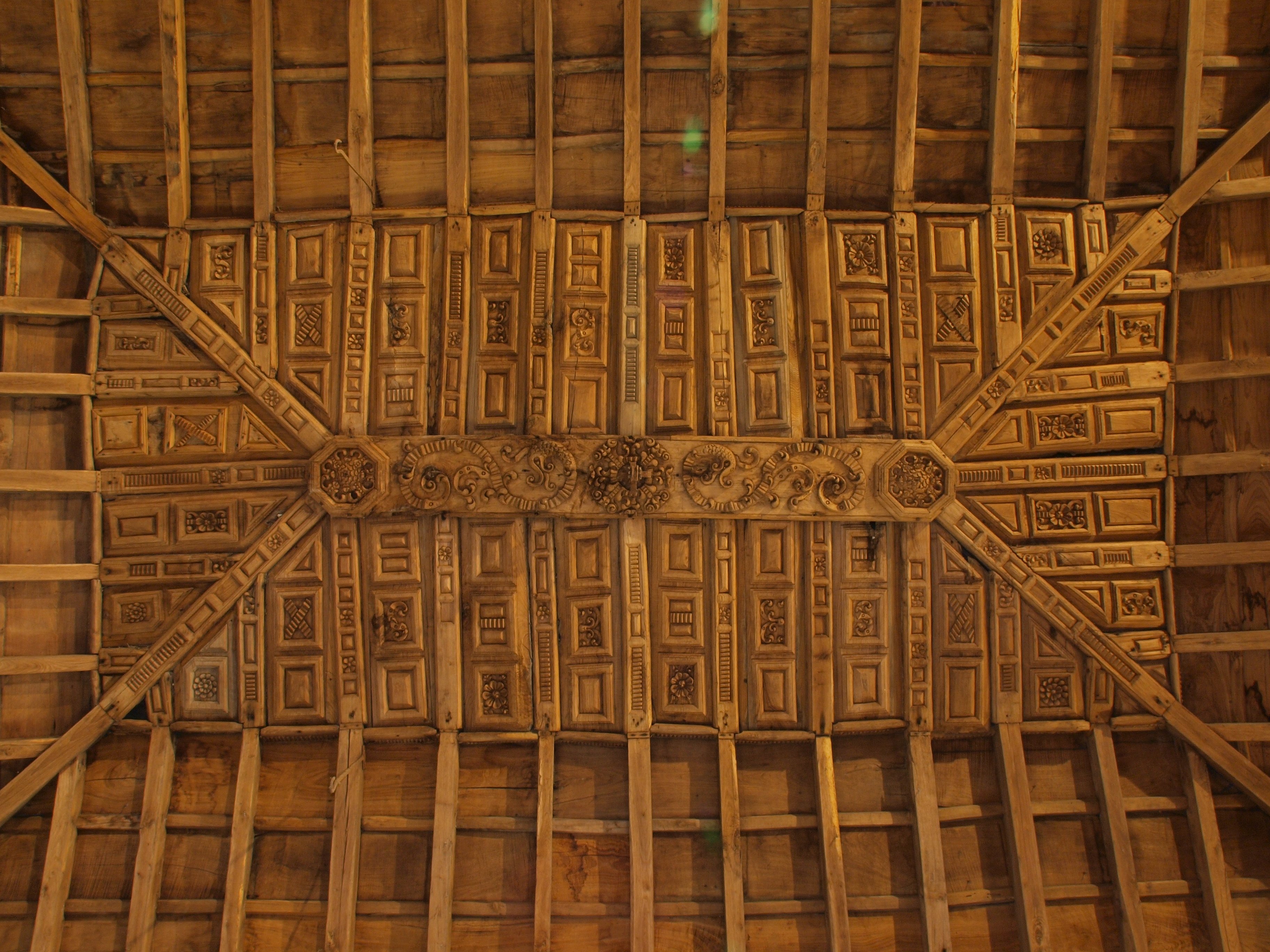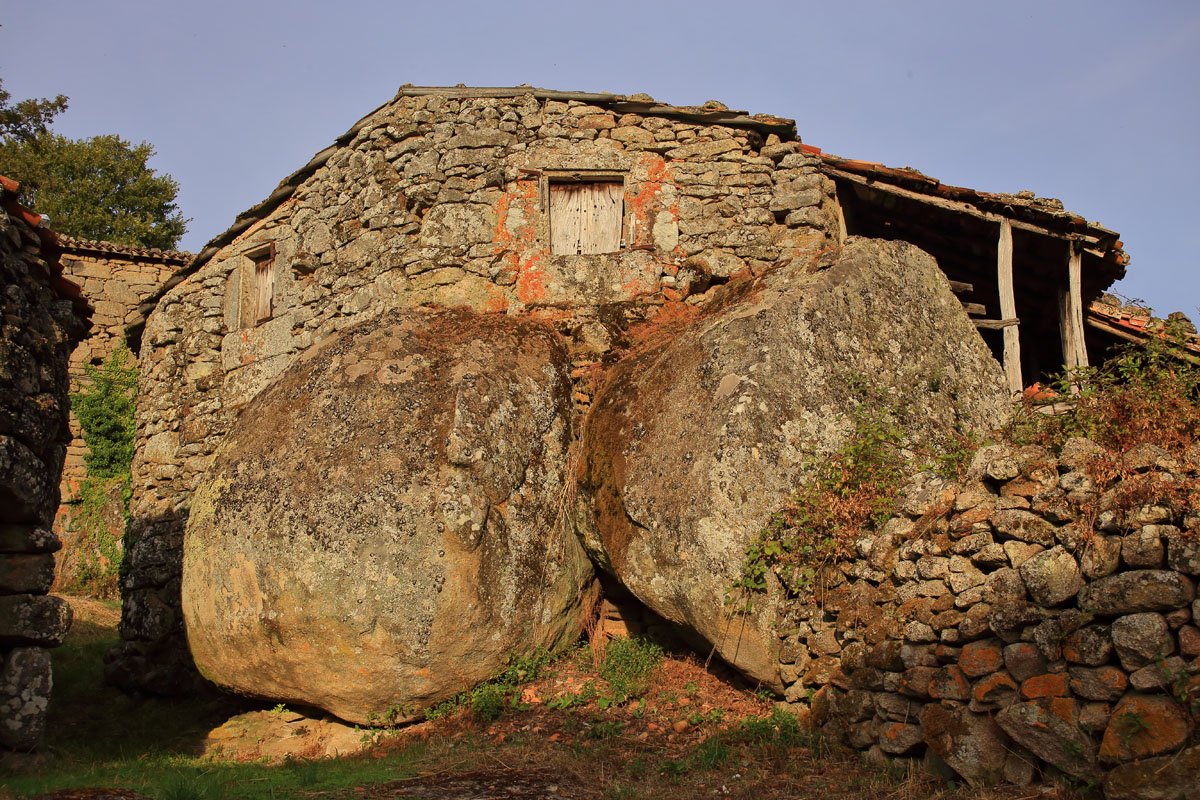La APP: Ofrecemos una herramienta turística más
Location. Santa Eufemia de Ambía. Parish of Santo Estevo de Ambía. Type of monument. High middle Ages Chapel. Interest: Architectural, artistic, historical and ethnographical. Dated. 9th century. Beginning of the High Medieval Period. Description. Pre-Romanesque style chapel from the 9th century with Mozarabic influences. Chronologically linked to two other chapels of the same style in the Province of Ourense: Santa Comba (village of Bande) and San Miguel (in the grounds of the current Monastery of San Rosendo in Celanova). Such a concentration of architectural heritage can be found in few places in the Iberian Peninsula. The chapel dates back to the beginning of the European Middle Ages, with peninsular peculiarities of style and influences of the Mozarabic culture. The floor plan is of a single nave with a rectangular apse. Three windows with two horseshoe arches are preserved, corresponding with the three inner chapels that were divided in the original nave, preserved at the base of the arches they formed. Inside are one altar stone with Roman origins (Roman Empire) and a crucified Christ wood-engraving of Medieval-Romanesque origins. Next to Santa Eufemia, from the time of Romanisation, is located a fountain called the “Fonte das Ninfas” (The Nymph Fountain) from […]
Parroquia de Santo Estevo de Ambía.
“Sartego” (sarcophagus) of the high medieval period, probably part of the noble family: “Señores de Ambia”. It was the place where their tower was. The “Sartego” (sarcophagus) is in a southwesterly path.
Suatorre, Vilameá, Baños de Molgas
Data de mediados do século XVIII. É sinalada pola súa impresionante fachada, tanto pola altura como pola variada decoración. No interior agocha varias sorpresas, coma o artesonado do teito, o retablo do altar, un tríptico de estilo “rococó” e o resto dunha pintura renacentista, que representa a Santa Lucía.
Vilariño de Lama Má. Baños de Molgas
Ramón Borrajo Domarco, better known as Moncho Borrajo, is a Galician comedian and playwright born in1949. As Baños de Molgas is his native village, this place has been chosen to set the artist’s museum in the restoration of the station with the plan Inorde “Estaciones vivas” (Alive Stations)*. The museum is home to the most representative items of the cultural and personal life of the Ourense’s actor. His awards, his wardrobe, his stage props, his photographs with friends of the show business, presents, his library, his paintings and his curiosities, as well as a collection containing more than 1000 silver rings. Besides, the museum also counts with an exhibition hall in the ground floor with temporary exhibitions of varying subjects. There is a café decorated with a railway theme and a shelter in the first floor with ten rooms of different sizes. *the objective of this project is to promote the natural and cultural richness to develop sustainable tourism, as well as to contribute to Ourense’s patrimony sustainability
Estación de Baños de Molgas









